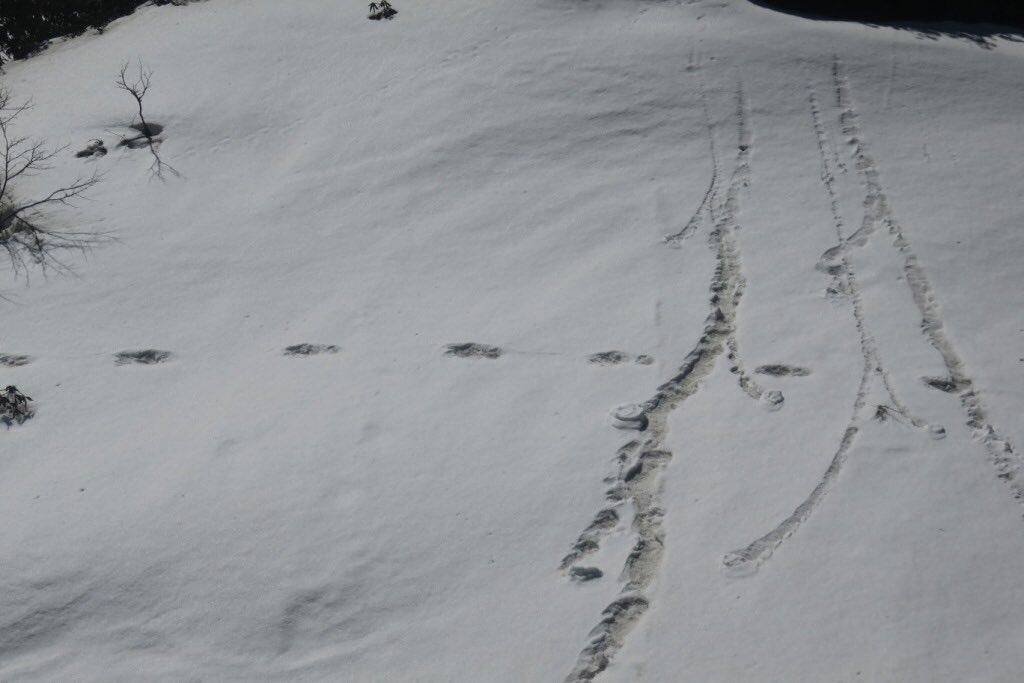The Indian army claims to have found 32-inch footprints of a Yeti in the snow during an expedition in the Himalayas and posted photographs to social media.
“For the first time, an Indian Army Mountaineering Expedition Team has sited mysterious footprints of mythical beast ‘Yeti’ measuring 32x15 inches, close to Makalu Base Camp on 9 April 2019,” the Indian army tweeted.





